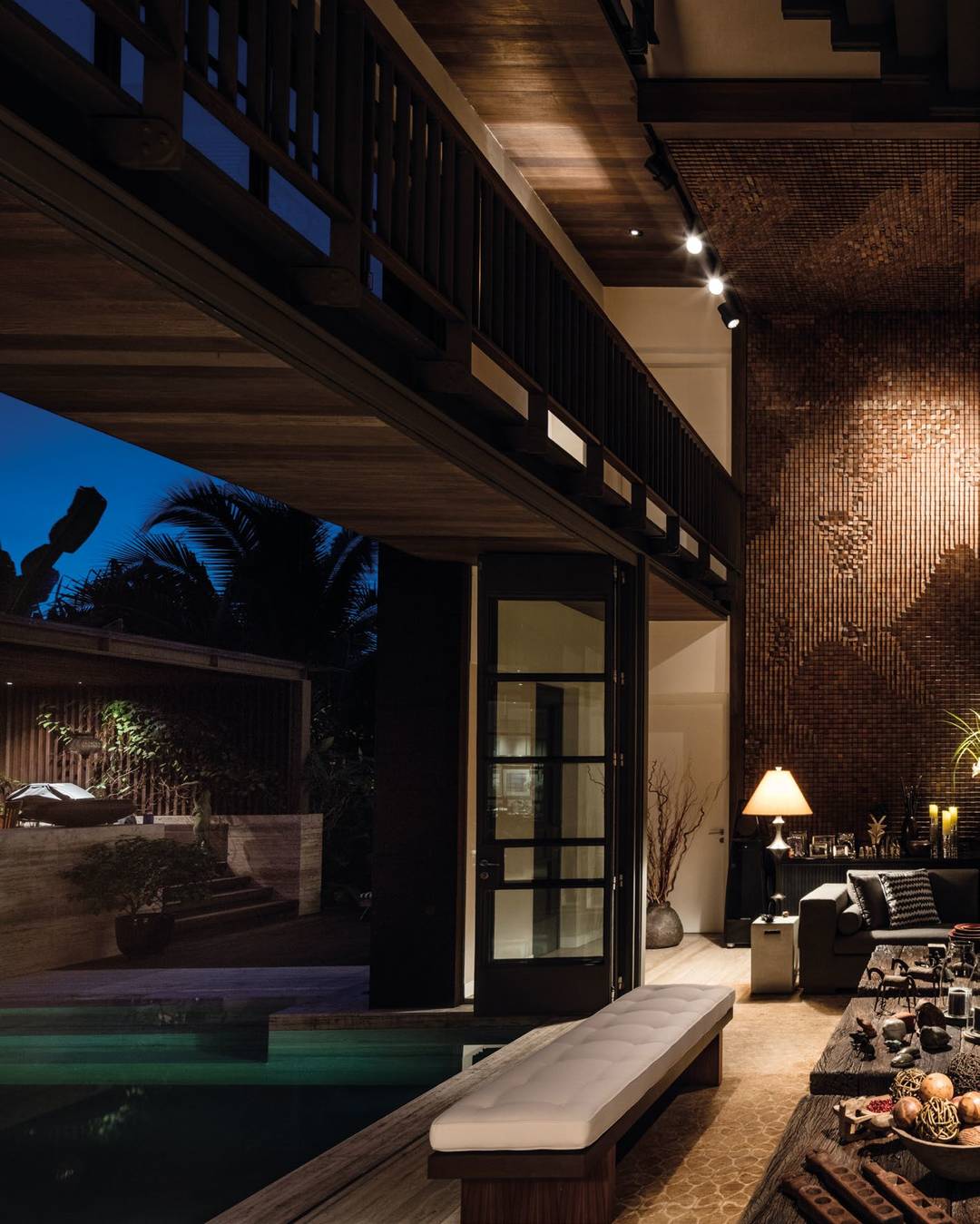
3 minute read
Shanghai Chic
Located in “The Hub” which comprises the
Shanghai Hongqiao Railway Station, metro lines and a stone’s throw away from the Hongqiao International Airport, the Cordis Hotel Hongqiao in Shanghai is Langham Hospitality Group’s first Cordis hotel in China. Offering 396 luxurious guestrooms and suites, alongside stylish F&B outlets and banqueting venues, the hotel is exceptionally convenient for travellers.
In response to the brand’s manifesto to create a modern re-interpretation of Chinese motifs and culture for the adventurous and tech-savvy traveller, LTW Designworks designed a clean, uncluttered interior concept for the hotel to serve as a respite from the heavily over-designed hotels in the city, as well as in counterpoint to the hustle and bustle of the sprawling city beyond.
Although the building structure was nearly completed at the time of LTW’s involvement, the design team worked with the owner and contractor to create open space plans and rationalized layouts for both public areas and guestrooms so that guests would be able to easily navigate in and around the hotel’s various function spaces. The floor slab at the lobby area was cut away to create a double-volume space, allowing the arrival experience to feel more grand and welcoming. A central feature stair allows quick and easy access to the restaurants and function spaces while also serving as a sculptural installation placed adjacent to a suspended installation of falling glass leaves.

A throwback to 1920’s Shanghai, vintage street scenes are subtly articulated in the design through contemporary expressions. Examples include the backlit display boxes in the bar showing Shanghainese street scenes from the early 20th Century, and elegant etched glass murals with stylized Chinese women and cherry blossoms. The hotel lobby showcases commissioned artwork by Chinese sculptor Xie Aige, depicting five sculptures named “Ceramic Women” that portray female figures dressed in qipao or traditional one-piece Chinese dresses, some holding umbrellas and others with children. Floating above the sculptures is a custom-designed chandelier, intricately laced to imitate falling rain drops, depicting the scene with ladies and children rushing on a rainy day in Shanghai.

The general interior concept is kept fresh, fun and welcoming, all within a contemporary design language with gentle palettes of white, cool ashy grey and blonde maple. Colour accents are strategically placed around the hotel to create visual contrast, such as the mustard yellow leather seats in the Chinese restaurant Ming Court, which compliments the bronzed metal and decorative glass screens, cool shades of topaz and turquoise blue used in the upholstery and carpet design in both the lobby and lounge, and pops of orange and midnight blue set amidst the grey and white scheme in the rooms and suites.

By providing a straightforward and open plan layout, the hotel is able to operate and maintain the hotel easily and efficiently. Guestrooms have sliding wall panels that allow the bathroom to open up to the room. LTW provided a circular dining table instead of a traditional working desk, which not only makes the room feel more residential, but allows the guest to flow freely around the room. By cantilevering the desk without using table legs, this further supports the openness concept while allowing housekeeping to turn over rooms incrementally faster.

The 24-hour Lobby Lounge is the social centre of the community where people meet to have breakfast, light bites, indulge in bespoke afternoon tea and coffee throughout the day. Connection 12, the roof top bar adjacent to the indoor swimming pool at the terrace provides the perfect ambience for social gatherings.

A curated collection of local art and sculpture adorn the property. Located strategically around the hotel, the guest is invited to discover unique pieces such as the Chinese ceramic figures lingering in the arrival lobby, or the backlit display boxes in the bar that depict typical street scenes of Old Shanghai. The Chinese restaurant also includes elegant glass murals with stylized Chinese imagery of ladies in qipaos and cherry blossoms. These clever uses of art and artefacts help to augment the sense of place for the interior design, as well as helps to promote the work of local Chinese artisans.











